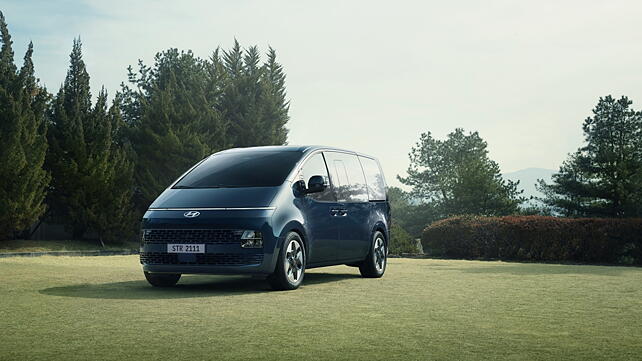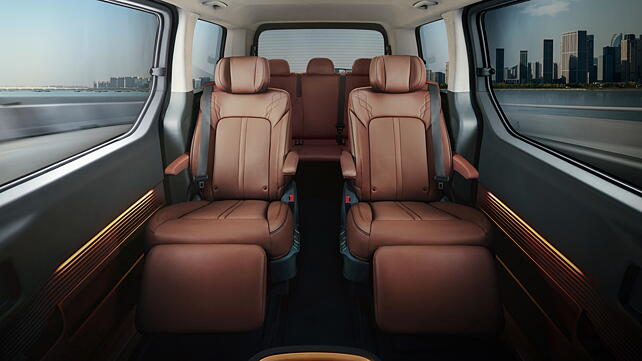
The recent launch of the new STARIA multi-purpose vehicle (MPV) by Hyundai Motor Company has made the carmaker establish a model for its future Purpose Built Vehicles (PBVs). Besides, the MPVs debut also accelerates the company’s transformation as a Smart Mobility Solution Provider and incarnates its ‘inside-out’ design methodology that emphasises interior spaciousness and usability.
Touted to be Hyundai’s response to shifting consumer needs, STARIA offers purposeful, innovative features and redefines in-car travel experiences in line with its vision of ‘Progress for Humanity.’
The MPV is available in two to eleven-seat configurations and in two variants: regular and premium, with the latter elevating mobility to the next level with upgraded features and variant-exclusive finishes for a more luxurious look and feel.
To go on sale in select markets starting from the second half of 2021, the MPV’s exterior design is inspired by the curve of light that illuminates the Earth’s horizon at sunrise when viewed from space. The design theme carries over to the rear, featuring a wide window framed by elongated vertical tail lamps, with the premium models receiving parametric pixel lamp design and garnish on top. The rear bumper is lowered so passengers can easily load and unload cargo.
The cruise ship-inspired interior delivers an open and unique atmosphere through its innovative design architecture. The vehicle’s lower beltlines and panoramic windows create a spacious, stimulating environment for all passengers. The driver and passenger seats in the first row are designed to offer a feeling of space and comfort.

The driver’s seat has a futuristic high-tech look with an advanced 10.25-inch front display screen, touch-based centre fascia and a button-type electronic shift lever. The digital cluster is located on top of the dashboard, providing an unobstructed view for the driver.
Storage space is available on top of the overhead console, bottom of the cluster, and top and bottom of the centre fascia. Both driver and passengers also have access to a centre console equipped with cup holders, USB ports and additional storage space.
The premium variant offers various additional interior features, including relaxation seats in the second row that recline electronically and have sliding capabilities for easy reach or maximise cargo space.
The nine-seat premium model’s individual seats in the second row can swivel 180 degrees to face passengers in the third row, making it for corporate vehicles or mobile offices.
STARIA’s innovative interior space utilisation is made possible by the MPV’s 3,273-mm wheelbase with an overall length of 5,253 mm and width of 1,997 mm. Its overall height of 1,990 mm is optimised for passengers to enter and exit the vehicle conveniently and is high enough for an average school-aged child to stand upright and move with ease.

The model offers powertrain options of a diesel-powered 2.2-litre VGT engine and a gasoline-powered Smartstream G6DIII 3.5-liter MPI engine. The diesel engine is mated with either a six-speed manual or eight-speed automatic transmission, delivering an estimated power output of 177 PS and 44 kgf-m of torque. Its high-efficiency air-cooled turbocharger has an improved compressor and turbine wheel performance for better low-speed torque performance.
The gasoline-powered G6DIII 3.5-L MPI is mated to an eight-speed automatic transmission, delivering an estimated power output of 272 PS and 33.8 kgf-m of torque. Its integrated thermal management system provides fuel efficiency improvement by optimising coolant temperature control according to vehicle operating conditions. An integrated roller swing arm helps to further improve fuel efficiency by reducing friction. New stainless-steel castings help improve exhaust interference for more power.
SangYup Lee, Senior Vice President and Head of Global Hyundai Design, said, “Designing for mobility isn’t about vehicle design. It’s about designing to accommodate a variety of lifestyles. STARIA’s interior space and functionalities aim to transform how people experience in-car travel, optimising journeys by making the most of time in transit.”